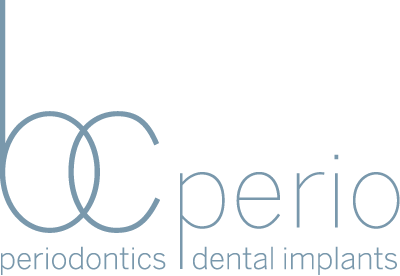Each technique has its own advantages and disadvantages.
1. Fixed Partial Denture (Dental Bridge)
A fixed partial denture is also commonly referred to as a bridge. As the name suggests, the dental bridge cannot be removed easily and only the dentist can replace a faulty dental bridge once it is damaged. The tooth/teeth are reduced on both sides to provide space for the bridge. Porcelain fused to metal, metal or all-ceramic bridges can be cemented onto the reduced teeth.
Advantages
- Relatively quick replacement.
- Comfortable to chew on
- Can be used to stabilize the bite
- Looks attractive
- Stable
Disadvantage
- Adjacent teeth have to be reduced. This is an irreversible procedure.
- Risk of further decay and gum disease if proper oral hygiene if not maintained.
2. Resin-Bonded Fixed Partial Denture
A Resin-bonded fixed partial denture is a metal and porcelain structure that is cemented onto the back side of teeth. It cannot be removed easily.
Advantages
- Very little tooth material need be removed.
- Short treatment time
- Helps stabilize the adjacent teeth and bite.
- Can be used as a temporary
Disadvantages
- Reduced service life. May become loose after some time.
- Less pleasing to look at when compared to conventional fixed partial dentures.
3. Removable Partial Denture
Acrylic or cast metal dentures are fabricated from dental casts created from dental impressions of the patients’ jaw.
Advantages
- Cheapest option for replacing lost tooth/teeth.
- Treatment can be completed quickly
- Can be used as an interim procedure before replacement with fixed partial denture.
Disadvantages
- Inherently unstable
- Need to be changed frequently to adjust for shrinkage of tissues.
- Difficulty in speaking and chewing initially.
- Not highly durable.
4. Implant Supported Crown
Dental implants can be used to support a single crown. Dental implants have to be surgically placed within the jaw of the patient. Once placed, the implant will mimic the root portion of the lost tooth and the dental crown can be placed on top of the implant.
Advantages
- No need for reshaping adjacent teeth.
- Highly stable
- Highly attractive
- Bone loss can be minimized.
- Implants can be inserted in one sitting with guided implant surgery.
- Highly comfortable. Feel just like natural teeth.
Disadvantages
- Expensive
- More treatment time required for conventional implants
- Surgery needed
- Cannot be used in patients with contraindications.
- Cannot be used on patients without sufficient bone width and depth.
- Some patients may require bone grafting
- Proper oral hygiene should be maintained to prevent failures.
Call our office for more information or to set up an appointment!
